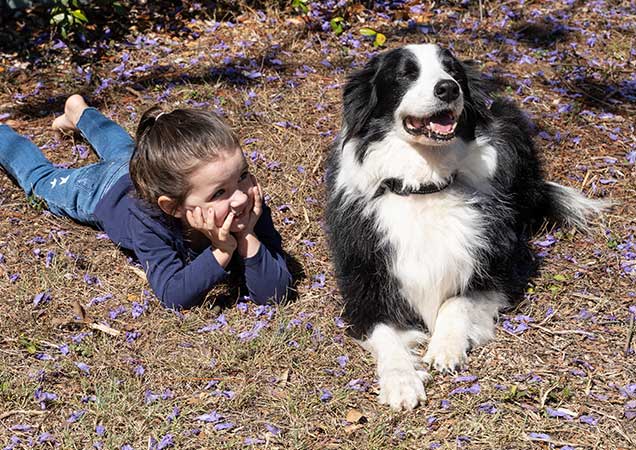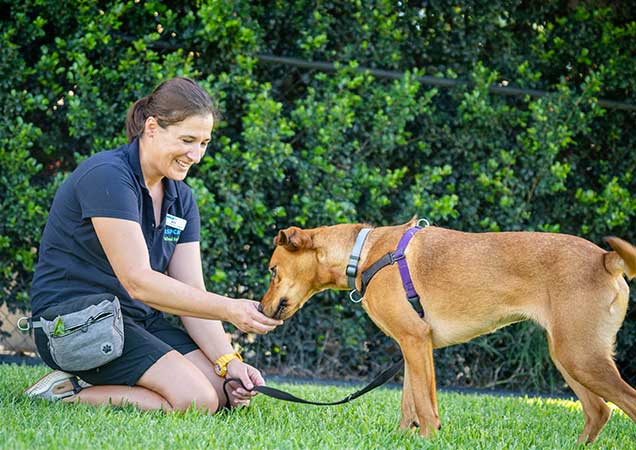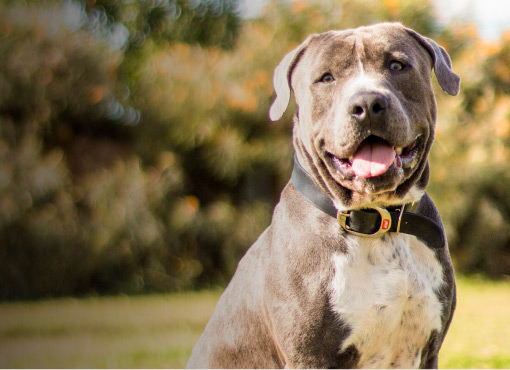All too often we see the breed of dog mentioned when dog attacks and bites are reported in media. Not only can this be inaccurately reported and presented, but the breed of a dog is irrelevant to why the dog attack occurred. The breed of a dog does not make it any more friendly, or any more dangerous. Every dog has the potential to be aggressive or bite, and every dog owner has a responsibility to ensure their dog does not pose a danger to themselves or others.
Based on scientific evidence, the RSPCA does not support Breed Specific Legislation.
Dog attacks are a serious problem that requires a serious and effective long-term solution from government, councils and ourselves as members of the community.





